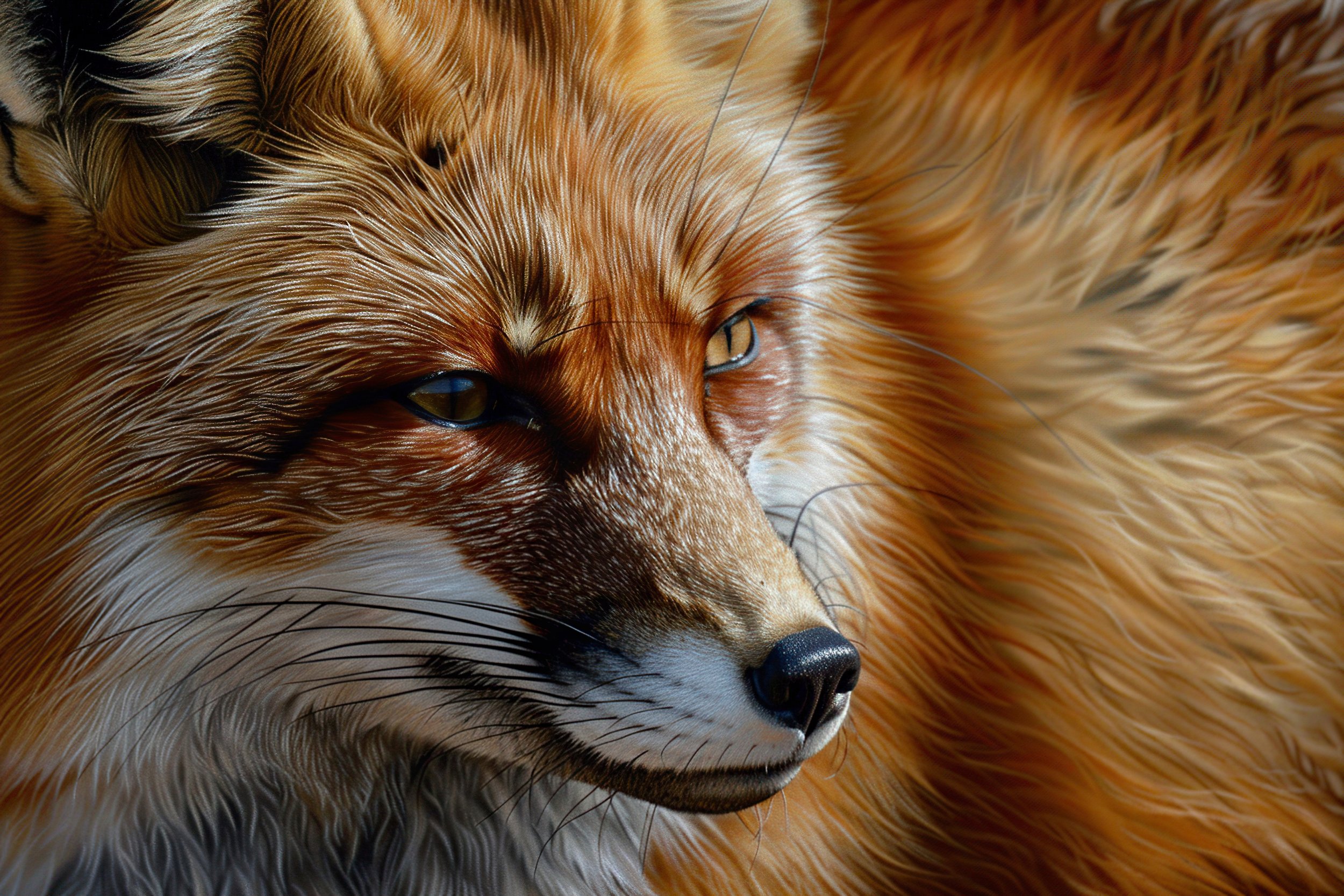W.I.S.N.
We Include Silent Neighbors.
A simple truth: When you move quietly, you realize—you’re not the only one living here.

Wildlife Along the Shores of Geneva Lake,Wisconsin: A Quiet Presence
Geneva Lake, Wisconsin is known for its scenic beauty and timeless appeal, but beyond the lakefront homes and historic piers lies a quieter presence—wildlife that has called this shoreline home long before summer residents arrived. One of the most iconic and elusive of these residents is the red fox. Seen occasionally along the embankments, wooded trails, and open lawns near the lake, the red fox is a symbol of both wild independence and quiet resilience.
This website is dedicated to documenting the real nature of Geneva Lake. From the red fox and white-tailed deer to herons, turtles, native grasses, and flowering milkweed, the lake’s ecosystem supports more than just recreation—it supports life. These animals and habitats deserve awareness, especially as the lakefront grows busier each season. Every image featured here captures an authentic moment of co-existence between human life and natural life on the lake.
Red fox sightings around Geneva Lake, Wisconsin are brief but unforgettable—typically occurring at dawn or dusk along Snake Road, near creeks in the wooded pastures, or across the back lawns of the South Shore Club. By the time you reach for your phone, they’ve likely vanished. With sharp awareness and fluid movement, the red fox carries itself with quiet confidence, often seen standing still to listen before continuing its path. Most active in the early morning and twilight hours, foxes are a natural part of the lake’s living rhythm—silent, seasonal, and often unnoticed by those moving too fast. Their presence is a positive indicator of a healthy ecosystem and a balanced natural space. To respect them, avoid sudden movement, keep your distance, and remain aware during spring when young foxes—kits—stay close to their dens. In local storytelling and symbolism, the red fox represents adaptability, intuition, and intelligence—fitting traits for those who understand what it means to quietly share the shoreline. Around Geneva Lake, their sightings are a quiet privilege, not a guarantee—reminding us that the most meaningful encounters often arrive unannounced and leave without a sound.
And for families who grow up surrounded by nature, some of these “neighbors” eventually earn names. Because when a fox crosses your yard every week, it stops being a fox—and becomes Foxy. Not exactly original, but somehow unforgettable. These are the stories our children carry for a lifetime—their own quiet folklore, built from animals that showed up just for them.
“Ricky”, the Mink.
It’s always a little surprising—and oddly thrilling—to spot the minks on the hill. By "hill," we mean the elevated, overgrown shoreline that separates the lake from the lawns, where wild things live quietly and occasionally cause a stir. Minks move like caffeinated shadows, zipping along the rocks and roots with the kind of speed that makes you question what you just saw. Often traveling solo or in a pair, they emit a soft chittering squeak—somewhere between a squeal and a scolding—and have the audacity to look insulted if you interrupt their route. They’re most often seen at dawn or late afternoon, especially near coves and docks, where they’re known to slip silently into the water and swim like stealthy torpedoes. No, they’re not dangerous—but if you’re a frog or an unattended fish, consider your fate sealed. The best way to honor their space? Don’t try to follow. Keep your voice down. And don’t take it personally if a mink gives you the side-eye before disappearing back into the underbrush like you’re the one intruding. Because on the lake, you just might be.
BRUCE & ANNIE
The Original Pier Squatters of Geneva Lake
Bruce and Annie are two unforgettable seagulls who returned to Geneva Lake, Pier 675A every spring—often seen perched on the canopies, pier posts, and boat covers. These seasonal friends arrive in April and stick to a familiar routine, circling the same lakefront homes and piers daily. Known for their loud squawks and strong attachment to certain piers, Bruce and Annie are a reminder that seagulls, like many lake birds, remember feeding spots, open water lanes, and warm landing zones.
To keep seagulls off your pier or canopy, install fishing line grids, reflective streamers, or noise-making deterrents. Avoid feeding, and clear food scraps to discourage regular visits. Bruce and Annie are harmless, but their mess isn’t—so co-exist smartly. Around Geneva Lake, seagull control is part of lakefront living—and knowing your returning “guests” by name just makes it more entertaining.






